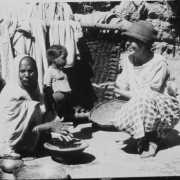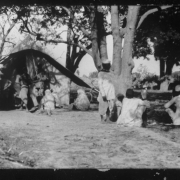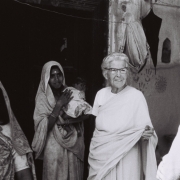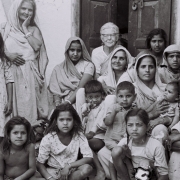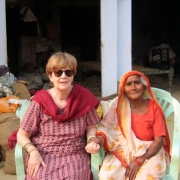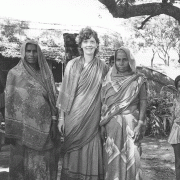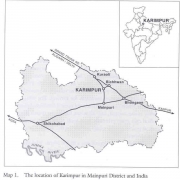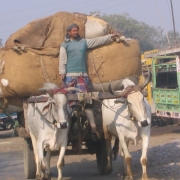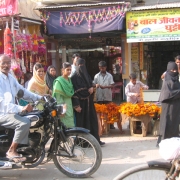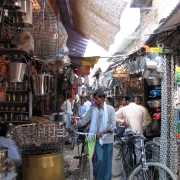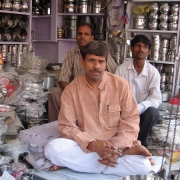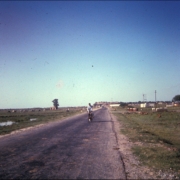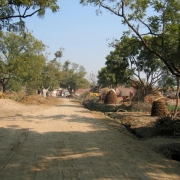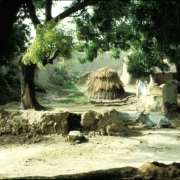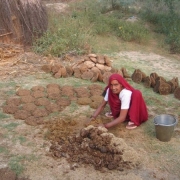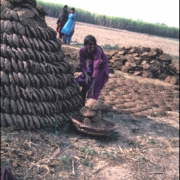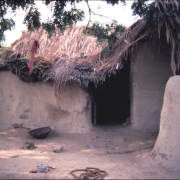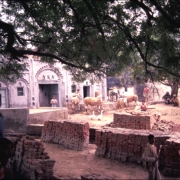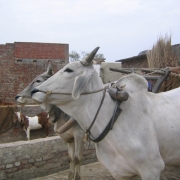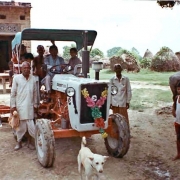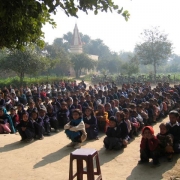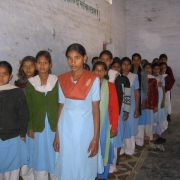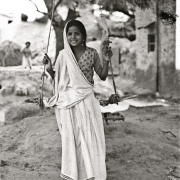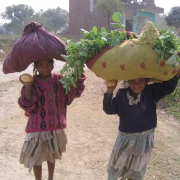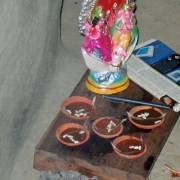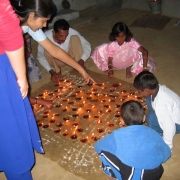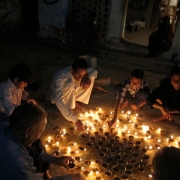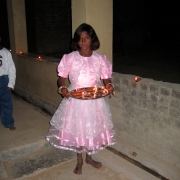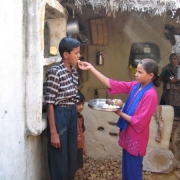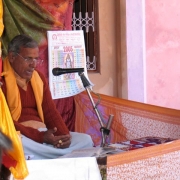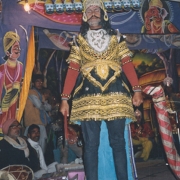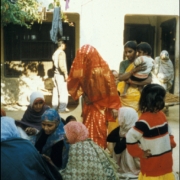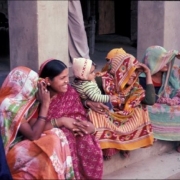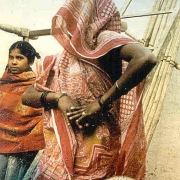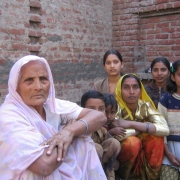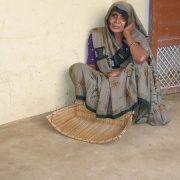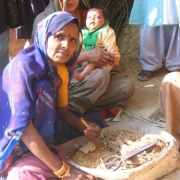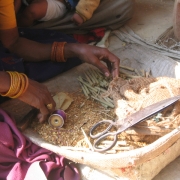These pictures on this page can be used in conjunction with Case Study 1, Social Change in Rural India: A Village Study. A variety of options are given and students may view them on their own or selections can be made to use in class.
The Scholars:
William and Charlotte Wiser conducted research in Karimpur from 1925-1930, under the auspices of the Presbyterian mission, living few months a year in tents in the mango grove owned by a Brahmin family. During this time, they did a yearly census and research on farming, foodways. and other aspects of Karimpur life. William went on to get a doctoral degree in rural sociology from Cornell University while Charlotte did a master’s degree in nutrition. Just before William became ill in the 1950s, they built a house to which they hoped to retire on land owned by a Brahmin family at the edge of the village. William never lived there, but Charlotte returned almost yearly until 1970. She sent on to write updates of their book about live in the village, Behind Mud Walls, as well as a new book, Four Families of Karimpur.
In 1968, Susan Wadley, then a doctoral student at the University of Chicago, went to Karimpur because of a collection of folklore made by the Wisers’ in the 1920 (now stored in the archives of Yale Divinity School, along with the Wiser papers). This first trip lasted 15 months, and two more year-long trips were made in 1974-75 and 1983-84, the latter accompanied by her husband and two daughters. Since 1984, she has made numerous shorter trips, ranging from 1 to 6 weeks of time in the village.
The Wider Context
To get to Karimpur, it is easiest to go to Agra, site of the Taj Mahal and take the new Route 2 southeast towards Kanpur. At the town of Shikohabad, turn straight east to Mainpuri, the district headquarters for the district in which Karimpur is found.
Housing quality varies by economic status, which in Karimpur also correlates highly with caste. Poorer houses are made of mud bricks while the richer families build with baked bricks and cement.
Schooling is increasingly important.
Religious activities are common.
Women have a variety of activities while the men farm.
Additional Resources




